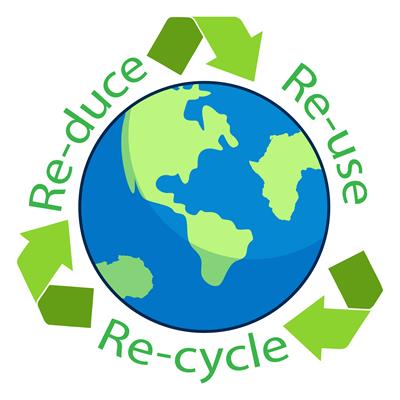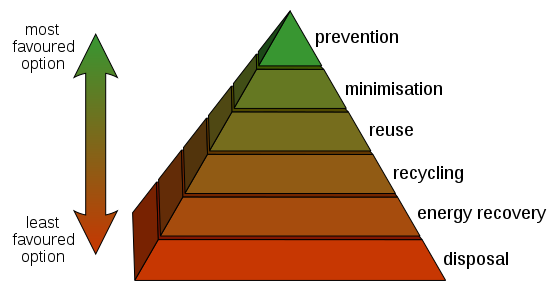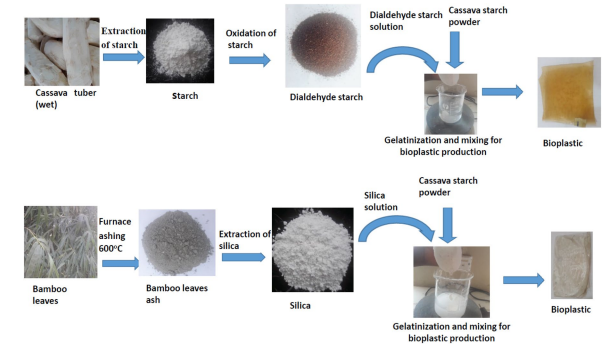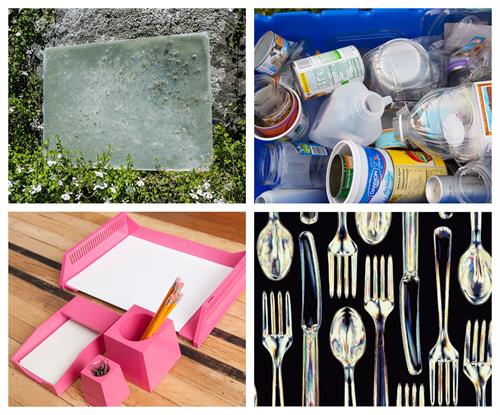PDF chapter test TRY NOW
Harmful consequences of wastes:
In the absence of waste management, wastes are littered on the streets, road corners and improperly disposed of on vacant land. They are not only distracting to the eyes but also pose serious health problems and hazards. They invite many new problems, including increasinginsect vectors such as flies, mosquitoes, animals like stray dogs, pigs, and rats, which spread dangerous diseases.
It also emits a foul odour and pollutes the environment. Industrial chemicals, insecticides, radioactive compounds, and heavy metals are non-biodegradable pollutants that extremely damage living organisms. These substances enter the food chain at a lower trophic level. Their concentration rises as the food chain progresses, resulting in biomagnification.
Waste management:
The improvement of our lifestyle has resulted in an increase in the amount of waste generated. A shift in mindset is essential as most of the items we use are disposable. In metropolitan places, waste management has become a severe problem. Garbage disposal on the outskirts of a city is a familiar sight.
Empty cans, food wrappers, and other non-biodegradable items are littered in crowded areas and tourist centres. The way we dispose of the garbage generates havoc in the environment.
The usage of several waste management concepts varies in their usage between countries or regions. The waste hierarchy refers to the 3R's: reduce, reuse, and recycle, which define waste management strategies based on their waste minimization effectiveness.

Concept of 3R's: Reduce, Reuse, Recycle
In order to live a healthy life, society must effectively manage the waste it produces.
Waste management involves collecting, transporting, processing, recycling, disposing, and monitoring the waste dumped by individuals in a society and worldwide.

Waste management hierarchy
Important!
Bioplastics or organic plastics:
Bioplastics, also known as organic plastics, are plastic made from renewable biomass sources like vegetable oil, corn starch, pea starch, or microbiota, rather than petroleum-based fossil-fuel plastics. Some, but not all, of them are biodegradable.
These plastics are used to make organic waste bags, composting alongside food or green waste. Bioplastics make trays for fruits, vegetables, eggs, and meat, bottles for soft drinks, and daily products.
Cassava, a tuber crop, is used to produce biodegradable plastic!

Examples of bioplastics include:

Clockwise from Top-left: Didymo based bioplastic, containers made from bioplastics, office products from bioplastics, spoons made from bioplastics
Reference:
https://commons.wikimedia.org/wiki/File:Waste_hierarchy.svg
https://d-nb.info/123168903X/34
https://commons.wikimedia.org/wiki/File:A_Prototype_of_Didymo_Based_Bioplastic.jpg
https://www.mywaste.ie/what-to-do-with/bio-plastics/
https://upload.wikimedia.org/wikipedia/en/f/f0/Bioplastic_Office_Products.jpeg
https://openclipart.org/image/800px/249754
